About Kangaroos
Kangaroos have lived in Australia for more than sixteen million years. They are a national treasure of Australia and people travel from all over the world to marvel at the wonder of these magnificant animals.
“Kangaroos are quintessential Aussies; they evolved with the environment, in synergy with Australia’s nature. We exploit kangaroos; destroy the grasslands and woodlands where they live, shoot them and destroy their families because they’re in our way. Kangaroos are only found in Australia; if we don’t change our ways, they won’t be found anywhere.”
Dr Nadine Richings, Biologist
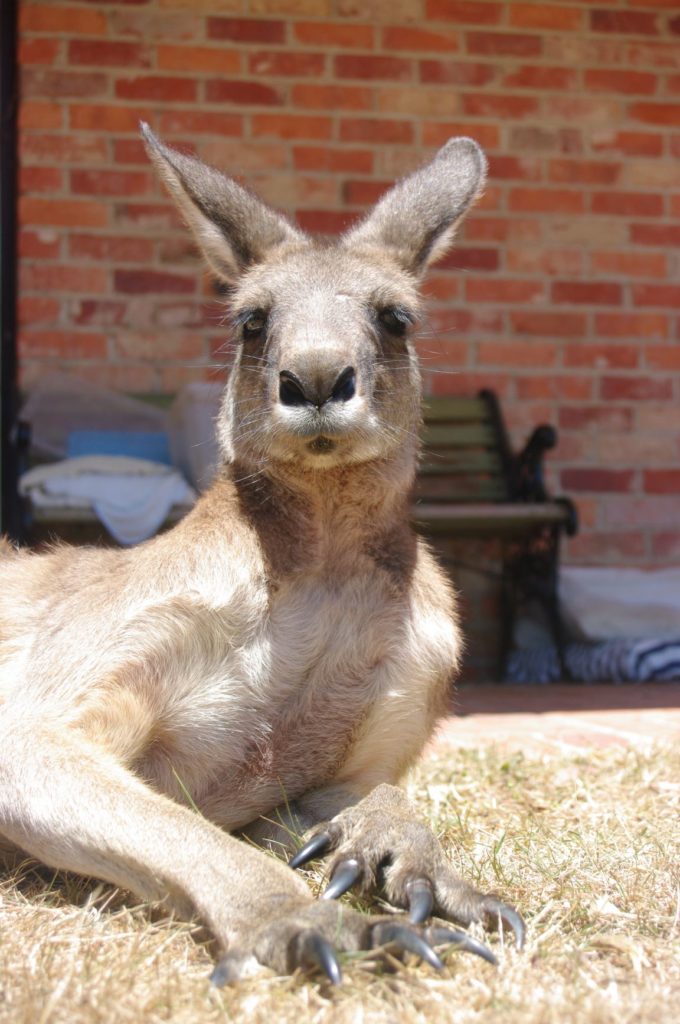
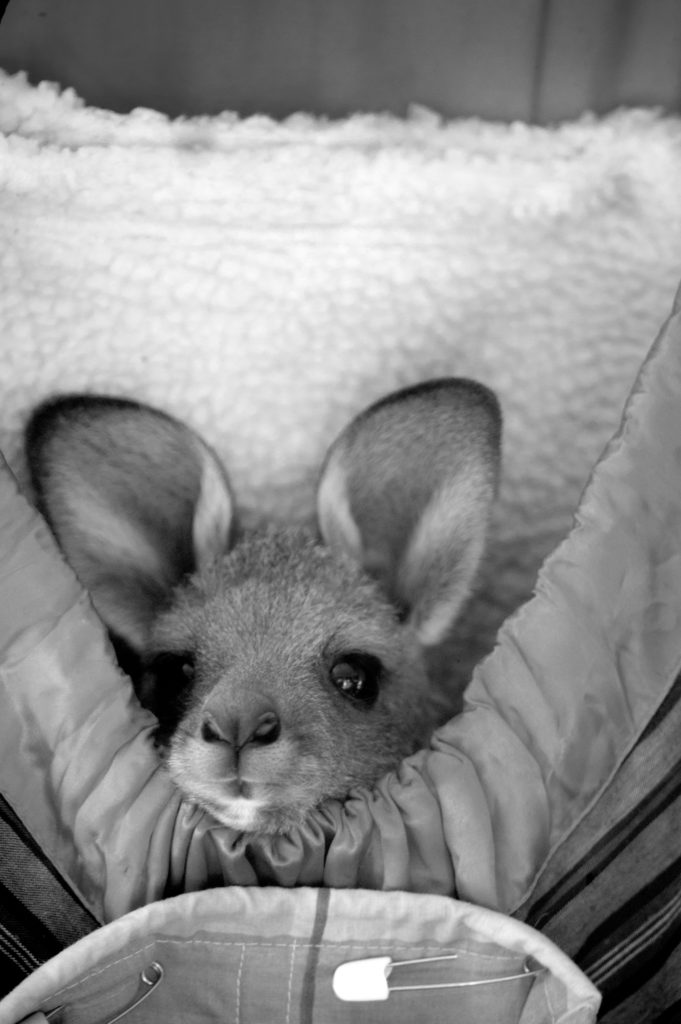
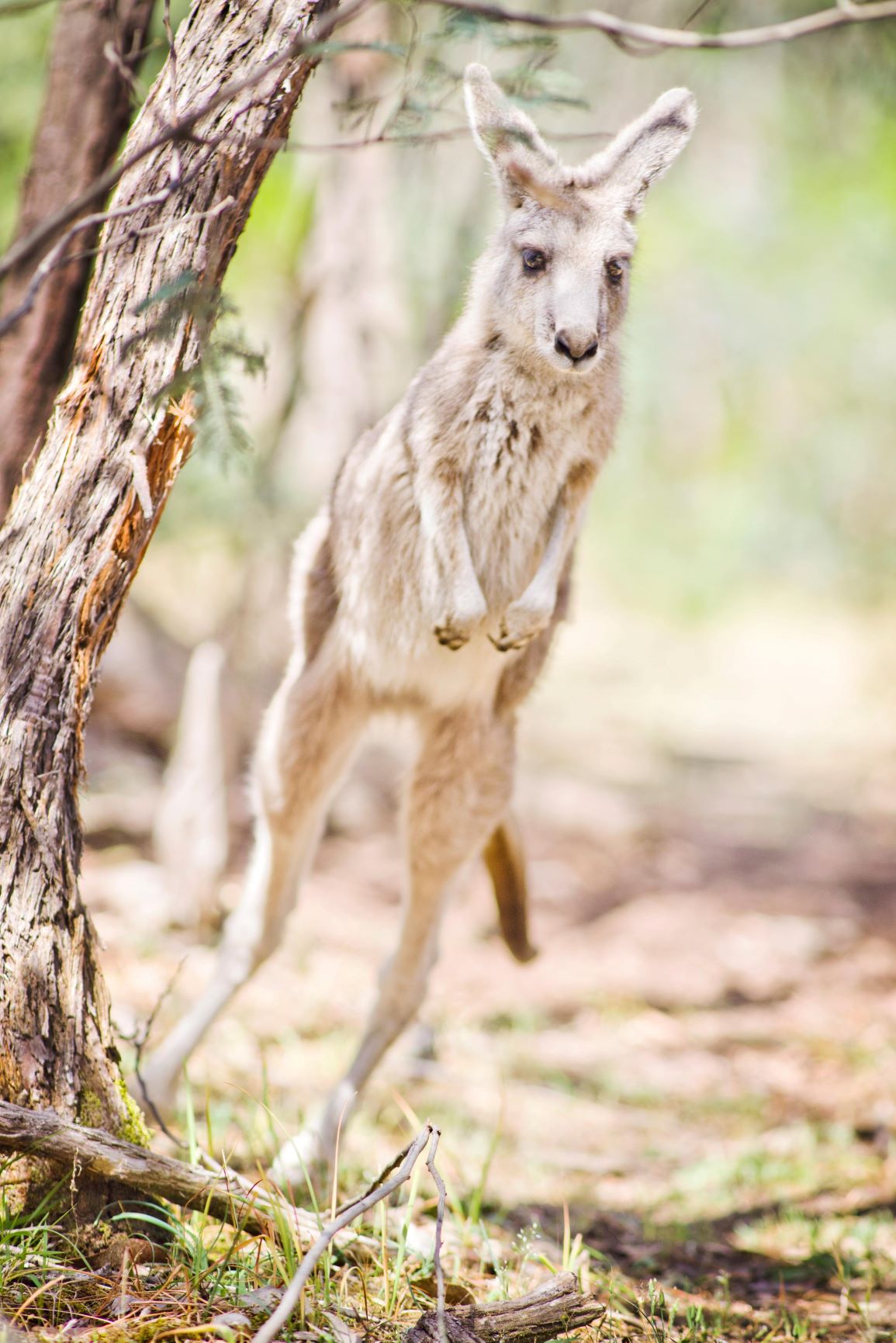
History of Kangaroos
Kangaroos are indigenous to Australia and have been living here for more than 16 million years. The word kangaroo derives from ‘Gangurru’, the name given to Eastern Grey Kangaroos by the Guuga Yimithirr people of Far North Queensland. Kangaroos are of cultural and spiritual significance to Aboriginal people across Australia.
The kangaroo is a symbol of Australia and appears on the coat of arms and on some currency. A significant number of Australia’s well-known organisations and sporting teams, including Qantas and the Royal Australian Air Force have also adopted the Kangaroo as their brand logo. The kangaroo is important to both Australian culture and the national image, and consequently there are numerous popular cultural references.
Kangaroos are shy and retiring by nature, and in normal circumstances present no threat to humans. In 2003, Lulu, an eastern grey which had been hand-reared, saved a farmer’s life by alerting family members to his location when he was injured by a falling tree branch. She received the RSPCA Australia National Animal Valour Award on 19 May 2004.
In the past 30 years, over 90 million kangaroos and wallabies have been killed for their meat and skins. It is the largest commercial slaughter of land-based wildlife in the world. It is a common misconception that kangaroos are shot because they compete with grazing animals however, this mass slaughter is purely and simply a commercial kill of Australian wildlife.
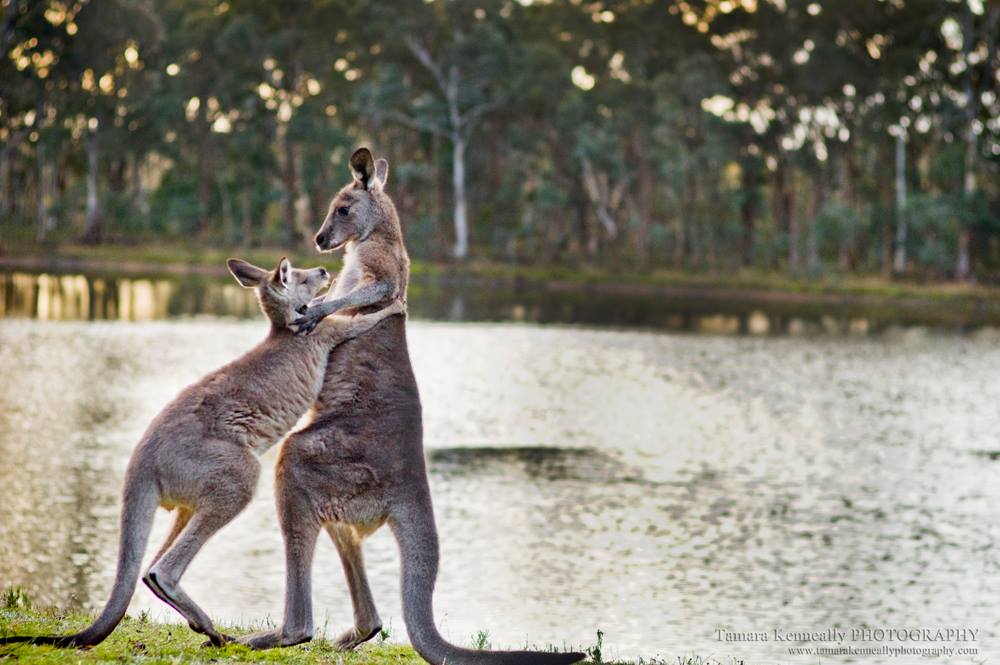
Unique attributes of the Kangaroo
- Kangaroos are in the Macropodidae family, which also includes tree-kangaroos, wallabies, wallaroos, quokkas and pademelons. When people think of kangaroos, the four species that typically come to mind are; the antilopine kangaroo, the red kangaroo, the western grey kangaroo and the eastern grey kangaroo.
- Red Kangaroos are the largest marsupial and can grow up to 2 metres. They can reach a top speed of over 65km/h – out-pacing a top racehorse. In one leap they can jump 3m high and 7.6m long.
- Kangaroos are herbivores. They love to graze on grasses, flowers, leaves, ferns and moss.
- A group of kangaroos is called a ‘mob’. A mob is made up of mothers, fathers, brothers, sisters, uncles and aunts. A mob is guided and protected by an alpha male who is extremely important to the entire mob’s survival.
- A female kangaroo is called a doe. With a complex reproductive set-up, a doe can be perpetually pregnant. While one joey is developing inside the pouch, another embryo is held in reserve in a uterus, waiting for its sibling to grow up and leave. Indeed, a mother kangaroo can nourish three separate youngsters at a time – an older joey that has left the pouch, a young one developing inside it, and an embryo still waiting to be born. And if that isn’t impressive enough, female kangaroos can determine the sex of their offspring and can even delay gestation when environmental factors are likely to diminish the chance of young surviving.
- A baby kangaroo is called a joey. Like all marsupials, kangaroos are born extremely early; the equivalent of the seventh week of pregnancy for humans. They travel from the birth canal as little more than an embryo by blindly propelling through the mother’s fur to the safety of the pouch, where they will spend several months developing before finally leaving to explore the world.
- Kangaroos are famous for their means of transport: hopping! They can reach speeds of 60kph, clearing more than 8m with a single hop.
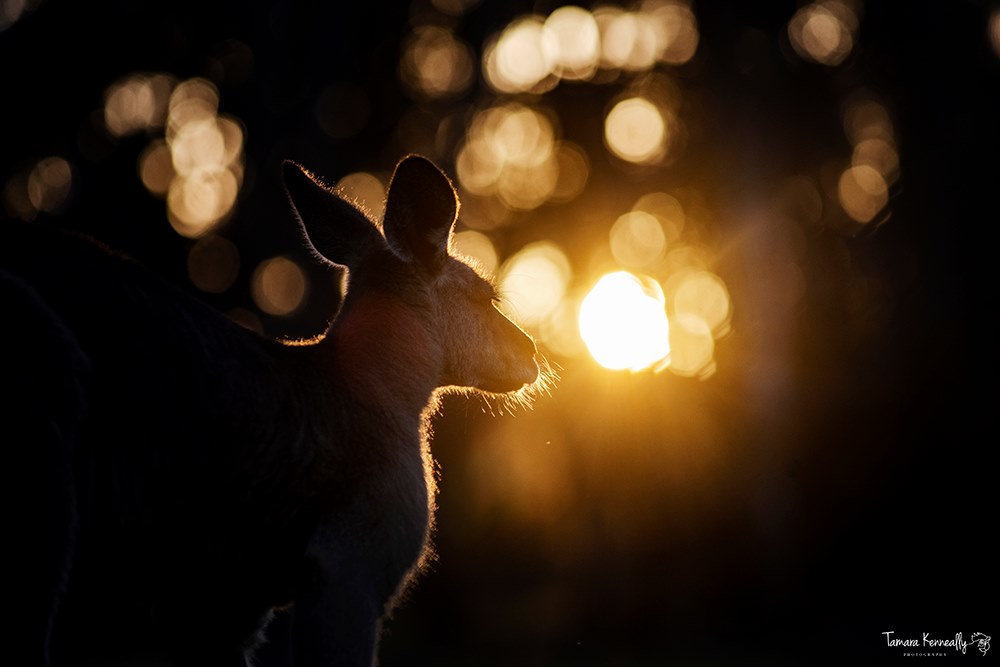
Why Kangaroos need our protection
Every year, between 1.5 million and 5 million gentle, family-oriented kangaroos are killed for their flesh and so that their skin can be turned into leather clothing and accessories, often called “k-leather.” Kangaroos are killed so that humans can take their skin to sell and take the land that they graze on to raise other animals for human consumption and to raise sheep for Australia’s wool industry. It is the largest wildlife slaughter on the planet.
Whilst it is frequently reported that Kangaroos are overpopulated, extensive research by the Kangaroo Roundtable—of which PETA Australia is a member—has found that the actual population of kangaroos is frequently inflated by agencies with an interest in killing them in order to make the animals seem much more numerous than they actually are. In fact, in 2018, CSIRO reported that of the kangaroo populations identified, 42% were reported to have undergone an overall decline in abundance since 2000.
In addition to the commercial slaughter of kangaroos, further kangaroo population declines can be anticipated, particularly in areas with projected human population growth rates over 80% for the next decade.
WHAT YOU CAN DO
- Call for an end to the commercial slaughter of kangaroos.
- Watch ‘Kangaroo: A Love-Hate Story’ available to view free of charge here (or visit here to find other ways to watch), sign the filmmakers’ petition calling for a national inquiry into the mistreatment of kangaroos.
- Don’t buy kangaroo meat, leather or fur products.
- Click Here to support RED BOX WILDLIFE SHELTER in their ongoing rehabilitation and advocacy work for kangaroos.


